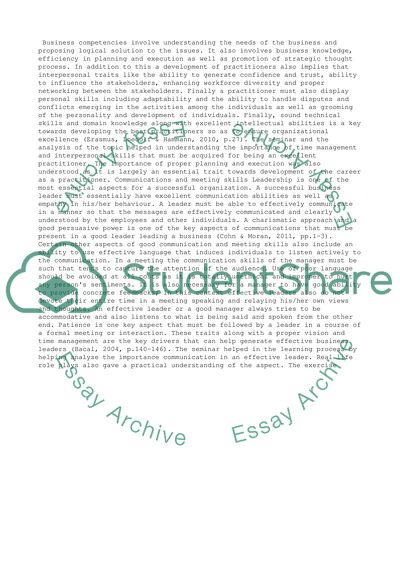Cite this document
(“Human Resource Management in Practice. Explanation of human`s skills Assignment”, n.d.)
Retrieved from https://studentshare.org/business/1394117-human-resource-management-in-practice
Retrieved from https://studentshare.org/business/1394117-human-resource-management-in-practice
(Human Resource Management in Practice. Explanation of human`s Skills Assignment)
https://studentshare.org/business/1394117-human-resource-management-in-practice.
https://studentshare.org/business/1394117-human-resource-management-in-practice.
“Human Resource Management in Practice. Explanation of human`s Skills Assignment”, n.d. https://studentshare.org/business/1394117-human-resource-management-in-practice.


